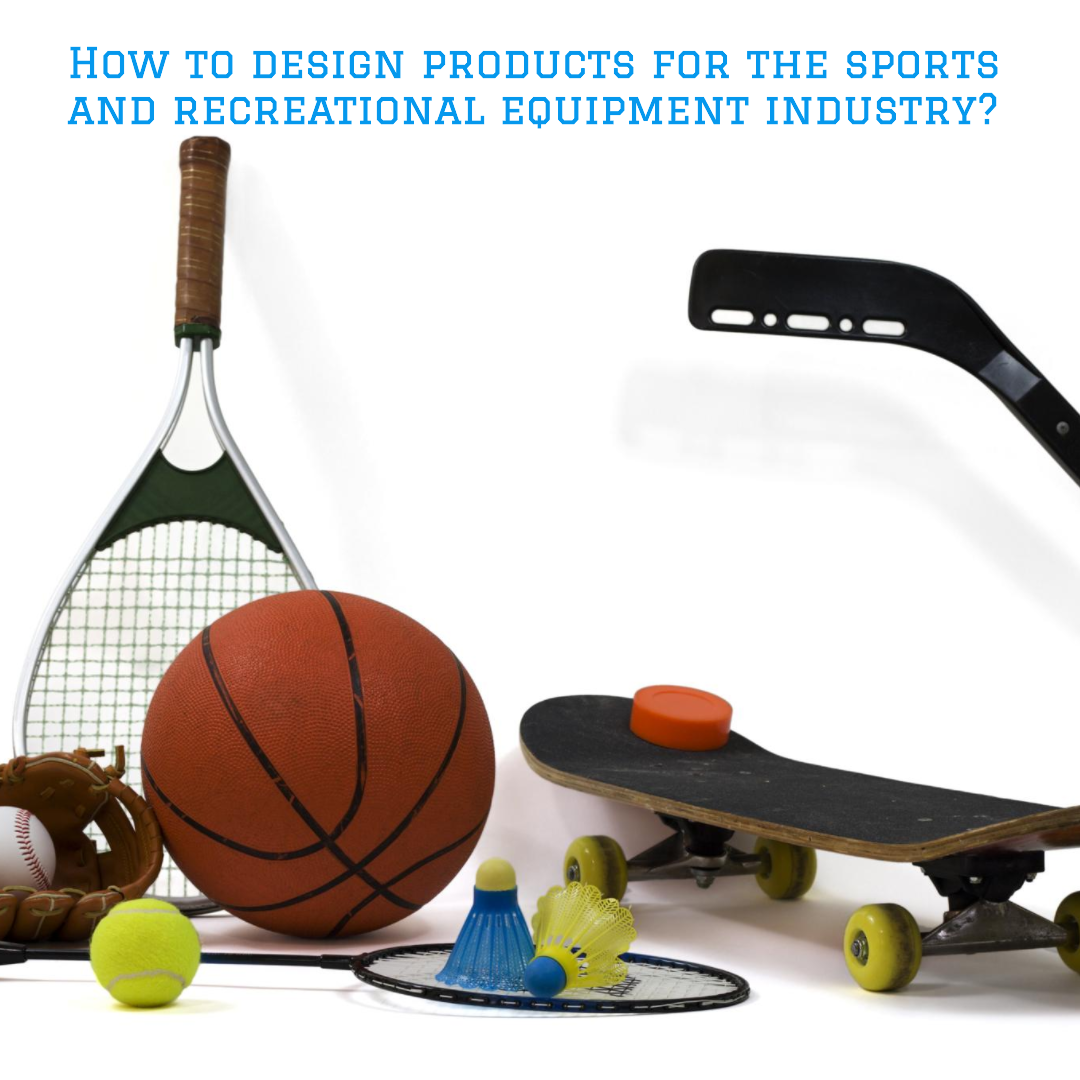How to design products for the sports and recreational equipment industry?
Introduction
The sports and recreational equipment industry is a large and growing market. In 2023, the global sports and recreational equipment market is expected to reach $281.6 billion. This growth is being driven by a number of factors, including the increasing popularity of fitness and wellness, the growing demand for high-quality sporting goods, and the rising participation in recreational activities.
Opens in a new windowrivercityrecbowling.net
variety of sports and recreational equipment
To be successful in this market, designers need to be able to create products that are both functional and stylish, and that meet the needs of a wide range of consumers, from professional athletes to weekend warriors. They also need to be able to keep up with the latest trends in sports and recreational equipment technology.
In this blog article, we will discuss the essential steps involved in designing products for the sports and recreational equipment industry. We will also provide tips on how to market and sell your products once they are finished.
Step 1: Understand your target market
The first step in designing any product is to understand your target market. In the sports and recreational equipment industry, your target customers may include:
- Professional athletes
- Weekend warriors
- Casual participants
- Families
- People with specific needs or interests (e.g., people with disabilities, people who participate in specific sports or activities)
To understand your target market, you can conduct market research, interview consumers, and analyze customer feedback. You should also consider the following factors:
- What are the biggest challenges faced by consumers when choosing and using sports and recreational equipment?
- What are the latest trends in the sports and recreational equipment industry?
- What are the unmet needs of consumers?
Step 2: Identify opportunities for innovation
Once you understand your target market, you can start to identify opportunities for innovation. The sports and recreational equipment industry is constantly evolving, so there are always new opportunities to create new and better products.
When looking for opportunities to innovate, consider the following:
- Emerging technologies: Can you use new technologies to create products that are more durable, lightweight, or efficient?
- Changing trends: How are the trends in sports and recreational activities changing over time? Can you create products that meet these new needs?
- Unmet needs: What are the unmet needs of consumers? Can you create products that address these needs?
Step 3: Develop your product concept
Once you have identified an opportunity for innovation, you can start to develop your product concept. This involves defining the problem that your product solves, identifying the key features and benefits of your product, and developing a prototype.
When developing your product concept, it is important to keep consumers in mind. Make sure that your product solves a real problem for them and that it offers features and benefits that they value.
Step 4: Test and refine your product
Once you have a prototype of your product, it is important to test it thoroughly. This will help you to identify any areas where your product needs improvement.
You can test your product with a variety of people, including consumers, professional athletes, and industry experts. Get their feedback on the design, performance, and durability of your product.
Use the feedback you receive to refine your product design. Make sure that your product is durable, easy to use, and meets the needs of consumers.
Step 5: Launch your product
Once you are satisfied with your product design, you are ready to launch your product to the market. This involves developing a marketing and sales strategy, and getting your product into the hands of potential customers.
You can market your product through a variety of channels, including online and offline advertising, social media, and public relations. You can also sell your product through traditional retail stores or through your own online store.
Additional tips for designing products for the sports and recreational equipment industry
- Focus on durability: Sports and recreational equipment is often used in harsh environments, so it is important to design products that are durable and can withstand heavy use.
- Make your products easy to use: Sports and recreational equipment should be easy to use and intuitive. Make sure that your products are well-designed and that the instructions are clear and concise.
- Design your products for comfort and safety: Sports and recreational equipment should be comfortable and safe to use. Make sure that your products are designed with ergonomics in mind and that they meet all applicable safety standards.
- Offer a variety of price points: Sports and recreational equipment covers a wide range of price points. Make sure that you offer a variety of price points so that everyone can find a product that fits their budget.








